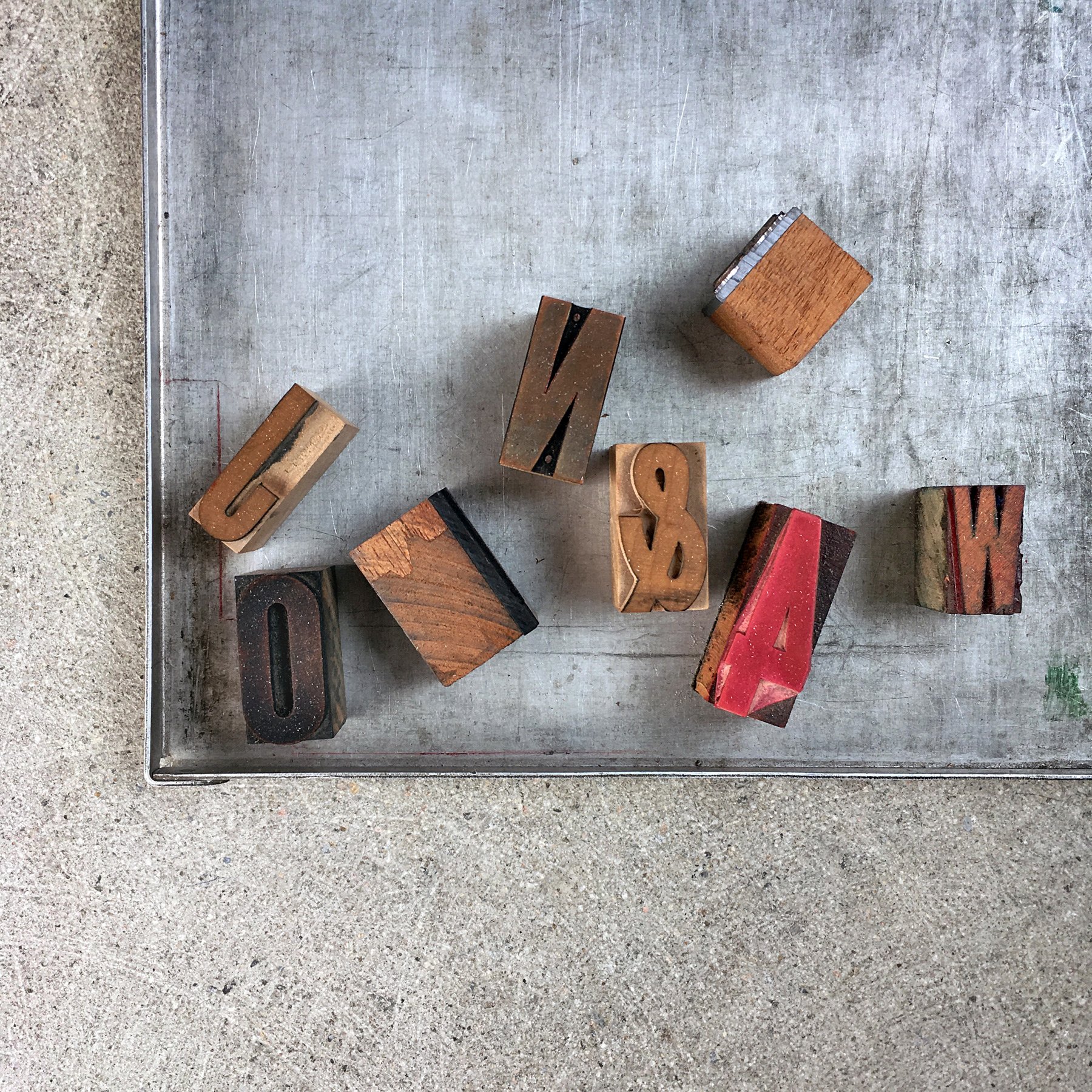Defining a Clear Vision for Your Life Path
Creating a vision board or vision story
I’m sure you have heard of creating a vision board, before. But, if you haven’t, it’s a motivational tool that helps you visualize where it is you are going and what you want most in life. They are a very effective tool.
I actually call mine a “Vision Story”, but I know “Vision Board” is more common. The approach I use is not simply to create a motivational and inspiring board that makes me feel good (which is wonderful to have, too), it’s more clear and specific than that.
My vision story is just that - a combination of images and text that tell the story of what I dream of, want to experience and have, and where I intend to go. It is a very clear way of orienting my course as I move forward.
I was a little skeptical at the beginning, but I’m convinced, they really do work. I’m now on my third or fourth vision story and much of what was on my first ones has either been achieved or evolved into something new (and better).
How to create one
First, make a list of your sections. I use a Google doc. You could use a Word doc or write them out by hand. Standard sections you might use are: Home, Career, Money & Finances, Health & Wellbeing, Personal Growth, Family, Significant Other, Friends & Community, Lifestyle (or Fun & Recreation). You could add your business, travel, faith, parenting, or any other major life area that is important to you. And, of course, remove any or combine any that you wish. I recently added two new pages to my vision story to help me live in and enjoy the present.
You’ll need to set aside some time to have space to tune in to yourself and envision your life at this higher level. Go to a coffee shop or to a quiet spot in your home. Set aside an hour for this written part, at least, if you can.
Write what you want in each area of your life for each section. You can write this as a paragraph or in point form. I write a sentence for each thing, for example “We have a warm, rich, welcoming home, with historic details we love.” and “We can walk to groceries, coffee shops, and work.”. I later go through and make sure I’ve covered everything and that each section feels inspiring, full, and motivating. I tend to shorten the sentences and bold a few key words, so that I can scan the document in a few minutes whenever I need to check in with it.
Next, you will want to find images that represent what you’ve written. You can also add in a picture of two of you or your actual friends and family. This can be very impactful for making it feel like an achievable vision for you. If you had a really meaningful day with your family, for example, a picture of you together and that captures that feeling is very effective.I use a combination of search on Pinterest and Google. You could create a secret Pinterest board and pin all the best images you’ve found to that, or you could drag them to your computer desktop. In either case, what I do is save all the best images I’ve found for each section and put them in one place so that I can sort through them.
Choosing the images that feel right and feel like you is very important. Don’t just grab any house or any woman biking in the city, search until you find one that feels like you or that really lights you up and shows where you’d love to live. I usually do this in several shorter sessions over a week.
A word on some of the more abstract concepts... Like money. Say you wrote that you want to have a feeling of abundance. What gives you this feeling? Is it a weekend getaway? Is it a cup of tea or a latte? Is it a few minutes for yourself? A bouquet of fresh flowers? This is the type of image you want to find.
Finally, what you want to do is pull together your images and text in a way that you find inspiring and that allows you to look at both easily. I use a Google doc. The first page has my values and overall life purpose. Then, I have a page for each section with the title at the top, followed by my text and, finally, a selection of maybe 4-5 images at the bottom of the page. I try to select images that together capture the feeling of that page best for me, and also that cover as much of the various wants/desires as I can (see images at bottom).
Keep your vision story somewhere that you can check in with it often. Some people say daily, but I say as often as you can, need, or want to. I probably glance through it once or twice a week and do a deeper check-in with it if I find myself feeling off-track, uninspired, or unsure what to do next. I keep mine in Google Drive and have a bookmark in my browser. A document/shortcut on your computer desktop would also work. Or, you could print it out and put it up in your space.
Your vision story is a living tool
Don't be afraid to update it as pieces no longer apply, as you outgrow them, as you achieve them. If something no longer feels inspiring or if your dreams and desires change, update your vision! Practice articulating what this new thing is that you want. You are changing and growing as you move toward your vision, it’s only natural that your vision story will evolve with you.
Seeing how you’ve changed over the years
If you’d like to keep a record of how you’ve evolved, you can copy your document before making changes. I find that I tend to make a round of changes every 6-months or so and start fresh with a new one every year and a half or so. I have kept all of these documents and it’s fun to glance back through them and see how far I’ve come and how much I’ve changed. I can also see how much more clarity I have in my more recent vision story than in that very first one!
Here are a few pages from my current vision story for you to get a sense of the layout. I hope you find it inspiring and helpful.
A few other tools I have shared to help you live your most meaningful life: Daily Journaling, Knowing & Living Your Values, Shifting Your Emotions, Creating a Daily Gratitude Practice, and The Art of Showing Up and Doing the Work, and Finding Mental Clarity.
I also have a free PDF about Moving Beyond Your Inner Critics.
Pin this article:





